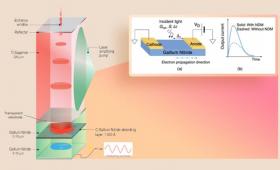Livermore engineers have designed a new kind of laser-driven semiconductor switch that can achieve higher speeds at higher voltages than existing photoconductive devices.
Science and Technology
in the News
Science and Technology
in the News
News Center
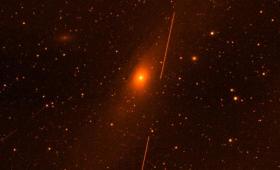
Thousands of images of Earth and space have been taken by a compact space imaging payload developed by Livermore researchers and Tyvak Nano-Satellite Systems.
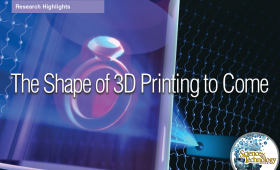
Recent materials findings combined with a specialized additive manufacturing technology move consumer 3D printing-on-demand one step closer to reality.
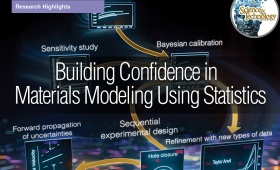
Livermore researchers build confidence in materials modeling using a statistics-based approach for assessing sources of uncertainty in material strength research.

A recent paper examines the various experimental techniques and key findings of material states under extreme high energy density (HED) conditions based on work conducted at Livermore and other facilities around the world.
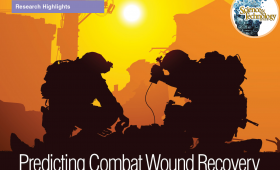
Meta and targeted genomic analysis and machine learning predict wound healing outcomes and lay the groundwork to potentially save lives.
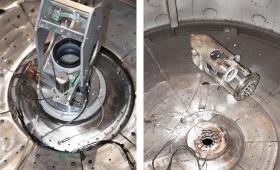
Livermore and Sandia national laboratories continue their longstanding collaboration on high-energy-density research.
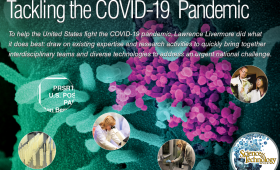
To help the United States fight the COVID-19 pandemic, Lawrence Livermore did what it does best: quickly bring together interdisciplinary teams and diverse technologies to address urgent national challenges.

A research team has created machine learning models that can predict molecules’ crystalline properties from their chemical structures alone, such as molecular density.


